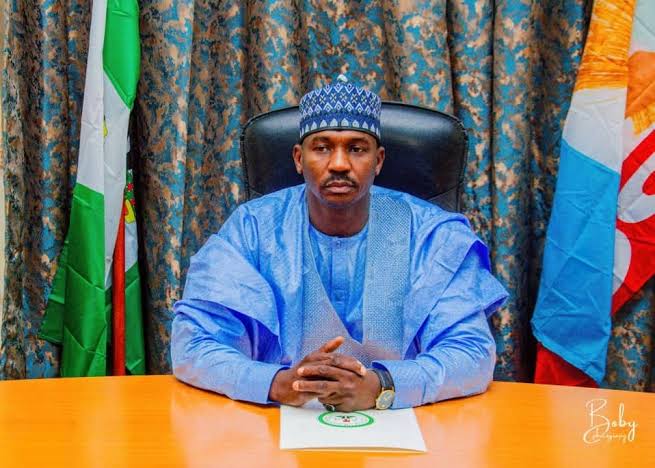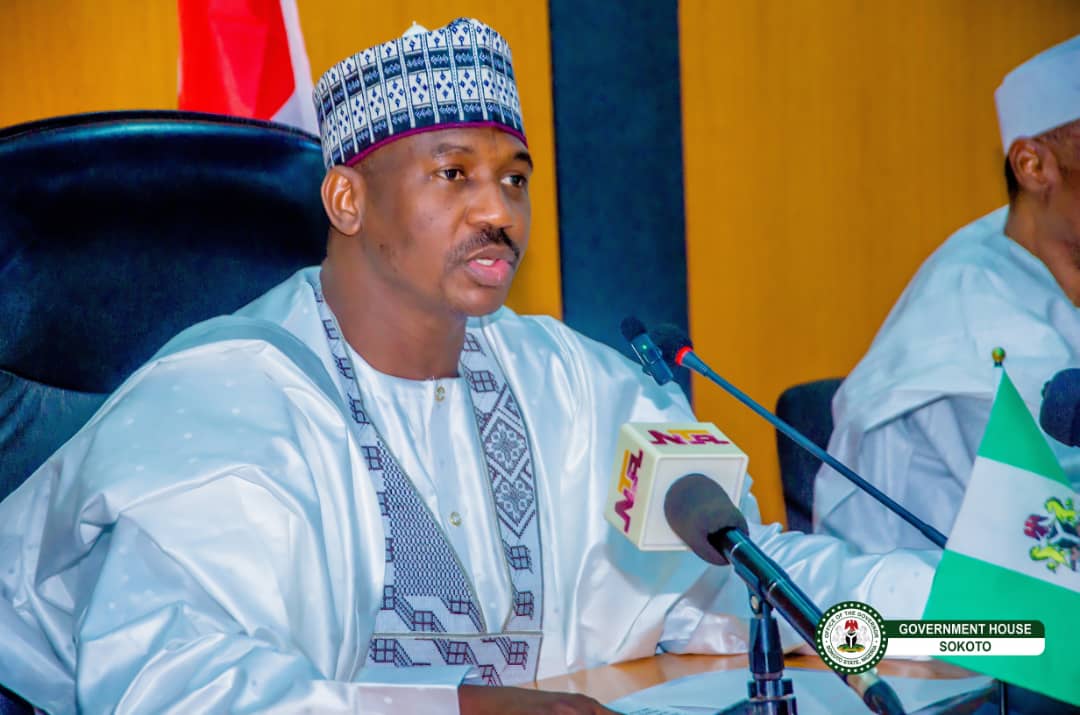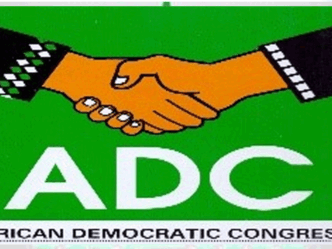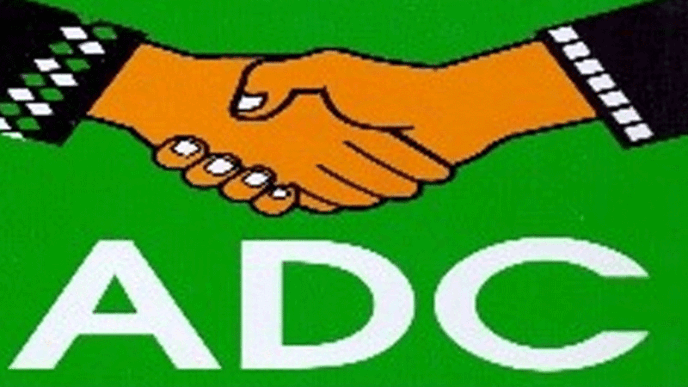For about a decade, the story of Sokoto’s water supply has been one of broken promises, abandoned projects and dashed hopes. Since the dawn of Governor Aminu Tambuwal’s administration in 2015, Sokoto residents have grappled with the chronic water crisis plaguing the metropolis and its surroundings. Half-hearted efforts to provide clean, safe, and reliable water to a rapidly growing population defined much of the state’s developmental narrative during Tambuwal’s governance.
Several attempts to tackle Sokoto’s water supply challenges by some international donors such as the United States Agency for International Development (USAID), and the WASH project among other non-governmental partners, met with technical and financial constraints, and ultimate failure.
Today, however, a new chapter appears to be unfolding. With the recent commissioning of a comprehensive water project by the current administration under Governor Ahmed Aliyu, the age-old jinx of failed water projects in Sokoto state may have finally been broken.
This initiative is not just a fulfilment of an electoral promise, but also a reaffirmation of the government’s commitment to ending the decades of water scarcity and heralding a new era of abundance water flows. The achievement is possible because Governor Ahmad Aliyu believes in positive continuity, unlike his immediate past predecessor who lacked focus and was more preoccupied with his presidential aspirations. Projects initiated by the former governor Aliyu Wamakko administration were abandoned. Despite donor agencies providing funds, improper utilization, lack of transparency, and diversion of resources crippled the efforts.
When Senator Aliyu Wamakko assumed office as governor, he made water supply a top priority. His administration embarked on ambitious projects, including the expansion of water treatment plants and the rehabilitation of existing infrastructure. There were visible improvements in certain areas of Sokoto metropolis during his tenure.
However, the momentum was lost after the change of leadership in 2015. The administration of Aminu Waziri Tambuwal shifted focus, and some of the water projects were completely abandoned. The result was an unfortunate relapse into severe water shortages, leaving residents’ dependent on water vendors and unsafe and unreliable water sources.
Governor Ahmed Aliyu’s recent commissioning of the 3 million liters old airport water supply project signals more than just an infrastructural achievement, it is a bold declaration that Sokoto State can overcome long-standing systemic failures. The key features of the new initiatives include the expansion of Water Treatment Plants to double their processing capacity. Laying of Modern Pipelines with over 180 kilometers of new pipeline networks to cover newly developed areas with the installation of High-Capacity Strategic boreholes now serve as supplementary sources to stabilize supply.
The installation of Digital Monitoring Systems, has ensured that the water supply system is now monitored in real-time, enabling quicker response to leaks, breakdowns, and supply disruptions. Also, Public-Private Partnerships (PPP) where the administration engaged private stakeholders in both funding and operational management. Bringing the water crisis under control has not come cheap. According to government reports, the total cost of the water project so far to about 14 billion naira, covering construction, rehabilitation, and digital infrastructure. Annual maintenance is projected at ₦3.5 billion, factoring in staff wages, chemical treatments, and power generation. Energy costs are significant, as water treatment plants depend on constant electricity, leading to investment in dedicated power supplies and generators.
Beyond financial commitments, the human resource aspect involves training hundreds of engineers, technicians, and maintenance personnel to ensure the longevity of the project. To avoid the mistakes of the past, the current government has structured the project with sustainability in mind: Water Management Authority with semi-autonomous body has been established to oversee water distribution, maintenance, and billing. Laws have been enacted to prevent the diversion of water funds, enforce maintenance schedules, and penalize vandalism of water infrastructure.
On the community ownership, local communities are involved in monitoring water points, reporting faults, and safeguarding the infrastructure while a subsidized but functional billing system is in place to ensure that funds are available for maintenance without burdening the poor for financial sustainability. There is a future-Proof Infrastructure with a designed network to accommodate a projected population growth of up to 3.5 million people by 2040.
Sokoto metropolis now requires an estimated 80 litres of water per day, a sharp increase from the 50 million litres demand in the early 2000s. This demand is driven by the population growth, industrial expansion, increased urban development, and rising standards of living. The newly commissioned facilities are designed to meet the current demand with some buffer for future growth.
The importance of solving the water crisis cannot be overstated. Reliable water supply impacts on public health to reduce waterborne diseases like cholera, dysentery, and typhoid. It impacts on economic growth and industries since small businesses, manufacturing and agriculture depend on steady water supply. There is also a positive education impact of water availability, being that school children, especially girls, would no longer have to spend hours fetching water. Social stability is enhanced because tensions over water access in some communities are expected to ease.
For the project to succeed and outlive the current administration, public support is essential. Citizens are encouraged to report leakages, vandalism, and illegal connections. Also, water users are encouraged to embrace prompt payment of water bills to sustain operational costs and to activately participate in community-led water management committees. There is the need to promote water conservation and avoid wasteful use.
The commissioning of the Sokoto water project under Governor Ahmad Aliyu represents not just the completion of pipelines and treatment plants but the rekindling of hope for millions. While the ghosts of past failures serve as a sobering reminder, the current administration’s approach, built on transparency, community engagement, and future-proofing, holds promise.
Governor Sokoto must not relent until the Tamaje Water scheme, the Gagi Water Scheme, the Mana Water Scheme, the Runjin Sambo Water Scheme and Ruga Liman Water Scheme are completed. When completed the Six (6) water schemes are expected to provide 40 million liters of water per day to the people of Sokoto metropolis.
Indeed, a new era of water abundance for Sokoto is not just a dream but now a flowing reality. The responsibility of sustaining this progress, however, lies with both the government and the people.
Mohammed writes from Sokoto
Gatekeepers News is not liable for opinions expressed in this article, they’re strictly the writer’s










